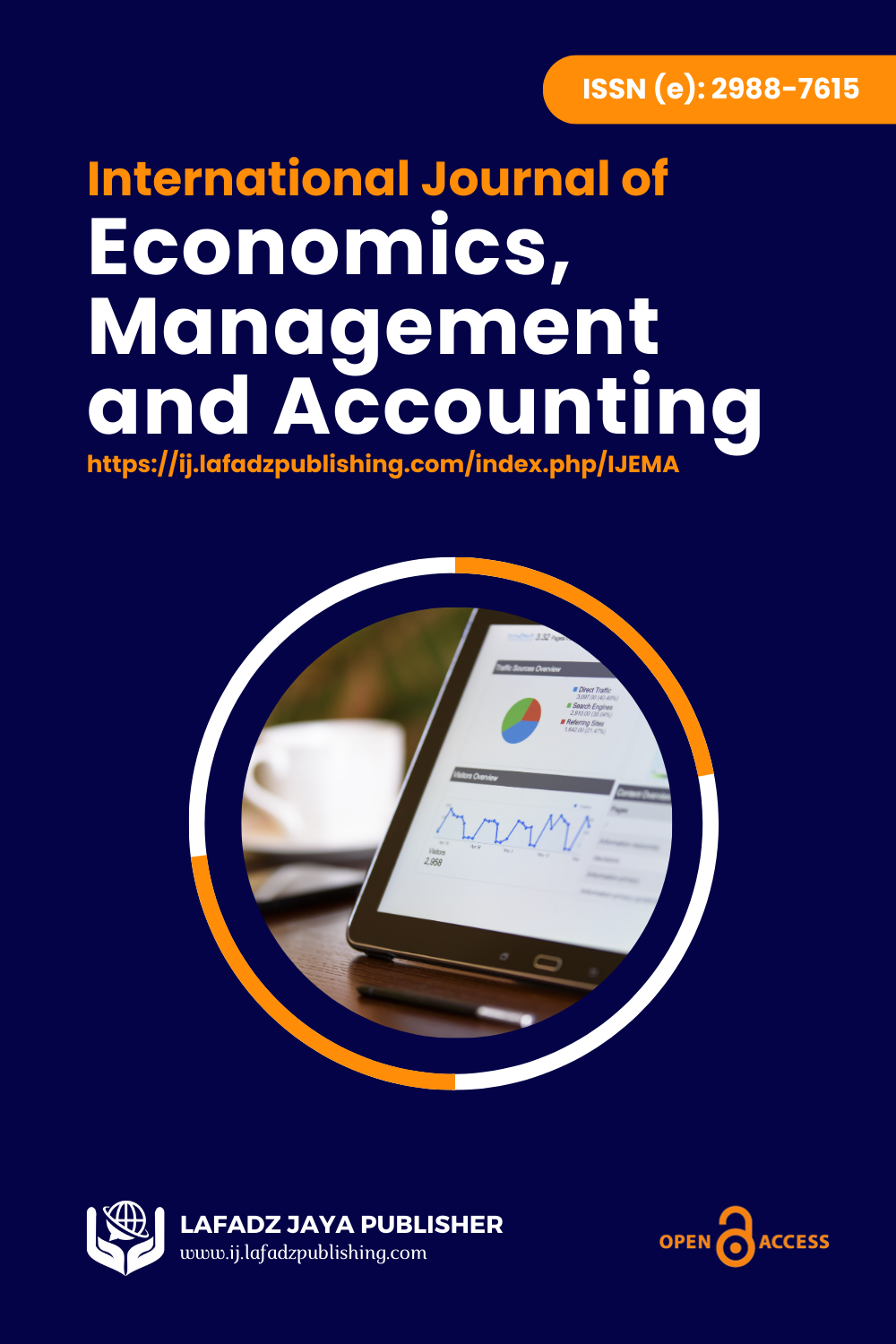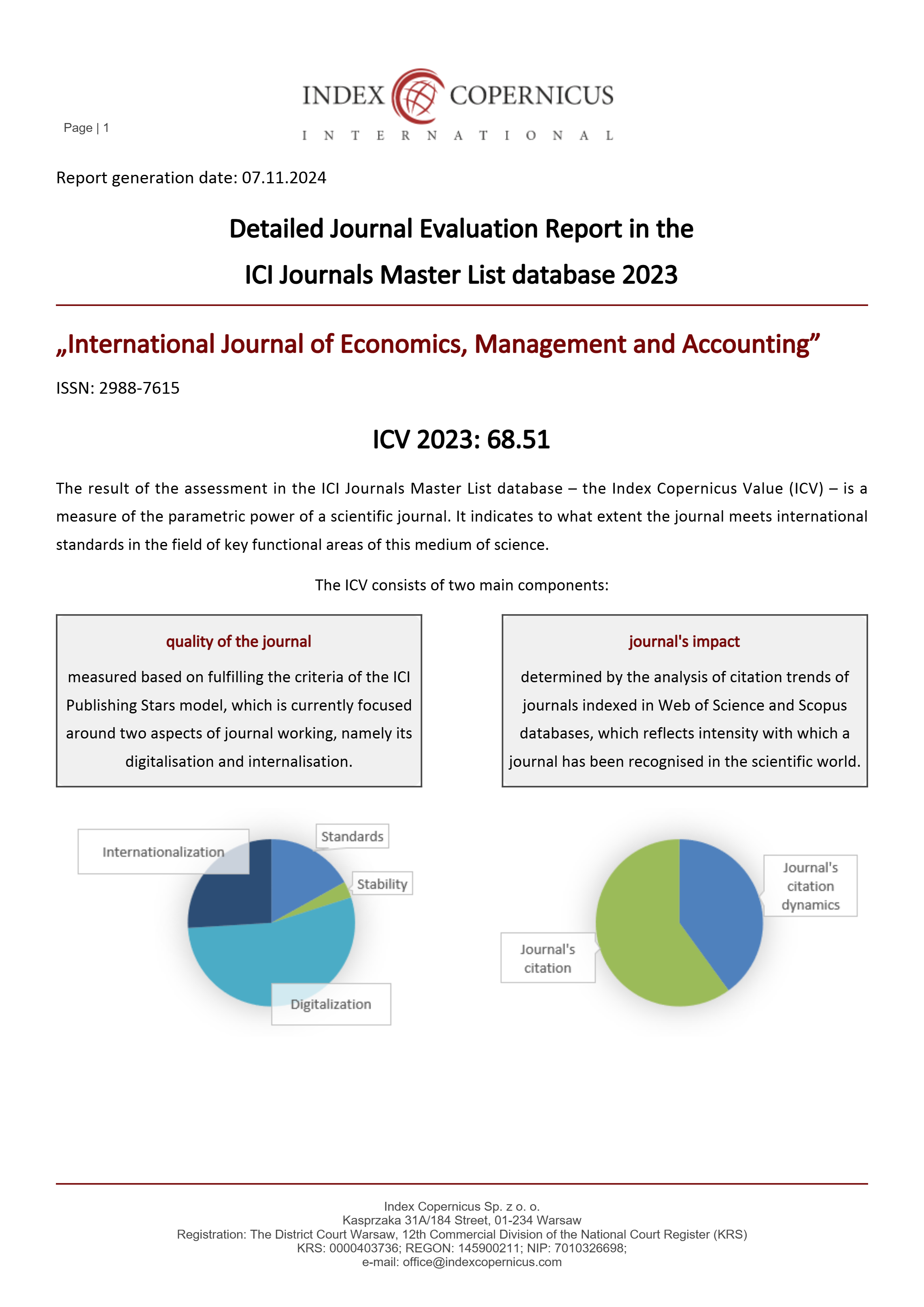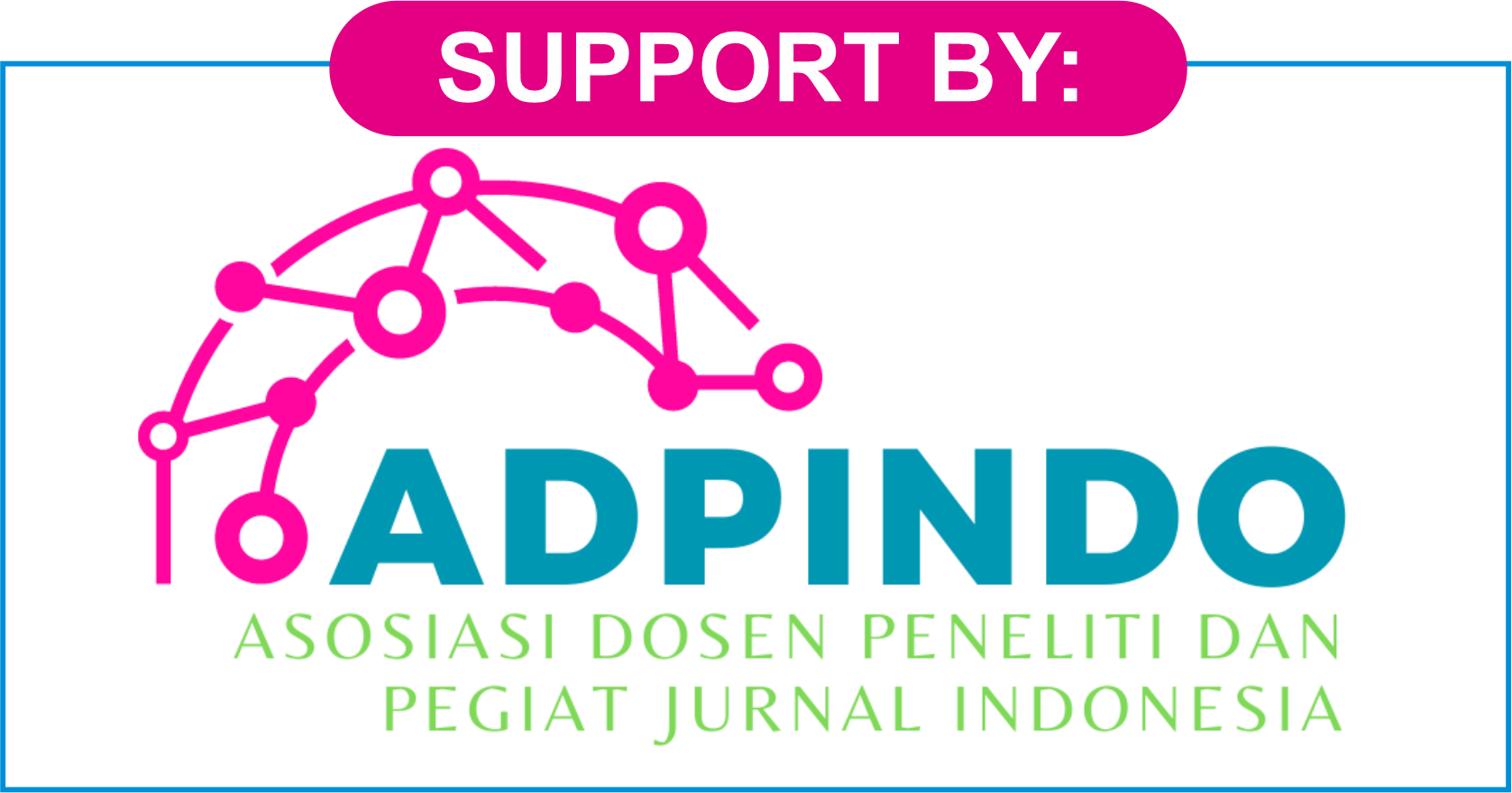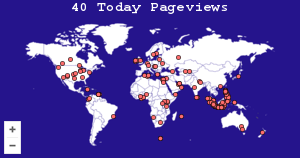The Influence of Leadership Style and Organizational Culture on Employee Performance with Work Climate as an Intervening Variable in BPJS Kisaran Branch and Padang Sidimpuan Branch
DOI:
https://doi.org/10.47353/ijema.v2i2.176Keywords:
Leadership Style, Organizational Culture, Work Climate, Employee PerformanceAbstract
Humans always live in organizations in their daily lives because humans are social creatures who were created to live in society. This is clearly visible in household life, social organizations, and even when someone starts working. There is a phenomenon of different leadership styles and organizational culture at BPJS employment in Kisaran and Padang Sidempuan, which makes researchers interested in discussing it. As discussed above, leadership style will influence everything in the organization. Organizational culture also influences the leadership style of an organization, so it also influences employee performance and work climate. The firm leadership style of the Padang Sidempuan branch of BPJS forms a strict organizational culture, while the Kisaran branch of BPJS has a softer leadership style, influencing the organizational culture to become more relaxed. But of course this is not the only reason why there are differences in the two branches between Padang Sidempuan and Kisaran. The results of this research are as follows: Organizational Culture has a positive and significant effect on Work Climate with an original sample value of 0.766 and ap value of 0.000 <0.05. Organizational culture has a positive and insignificant effect on employee performance with an original sample value of 0.082 and ap value of 0.319 > 0.05. Leadership Style has a positive and significant effect on Work Climate with an original sample value of 0.168 and ap value of 0.025 <0.005. Leadership style has a positive and insignificant effect on employee performance with an original sample value of 0.139 and ap value of 0.160 > 0.05. Work Climate has a positive and significant effect on Employee Performance with an original sample value of 0.649 and ap value of 0.000 <0.05. Organizational culture has a positive and significant indirect effect on employee performance through work climate with a value of 0.497 and ap value of 0.000. Leadership Style has a positive but not significant indirect effect on Employee Performance through Work Climate with an original sample value of 0.109 and ap value of 0.066.
Downloads
References
Abdullah. (2015). Metodologi Penelitian Kuantitatif. Yogyakarta: Aswaja Pressindo.
Andreas Wijaya. (2019). Metode Penelitian Menggunakan Smart PLS 03. Yogyakarta: Innosain.
Anwar, Sanusi. (2013). Metodologi Penelitian Bisnis. Jakarta: Salemba Empat.
Azwar, Saifuddin. (2014). Metode Penelitian. Yogyakarta: Pustaka Pelajar.
Basrowi, & Suwandi. (2008). Memahami Penelitian Kualitatif. Jakarta: Rineka Cipta.
Bungin, Burhan. (2011). Metodologi Penelitian Kuantitatif. Jakarta: Kencana.
Creswell, John W. (2014). Research Design: Qualitative, Quantitative, and Mixed Methods Approaches. 4th Edition. California: SAGE Publications, Inc.
Ghozali, Imam dan Hengky Latan. (2015). Konsep dan Aplikasi Teknik Partial Least Squares dengan Program Smart PLS 3.0. Semarang: Universitas Diponegoro.
Ghozali. (2016). Structural Equation Modeling Metode Alternatif dengan Partial Least Square (PLS). Semarang: Universitas Diponegoro.
Hasibuan, Malayu SP. (2015). Manajemen Dasar, Pengertian dan Masalah, Edisi Revisi, Bumi Aksara: Jakarta.
Hasibuan, Malayu SP. (2016). Manajemen Sumber Daya Manusia. Edisi Revisi. Jakarta: Penerbit PT Bumi Aksara.
Henry Simamora. (2014). Manajemen Sumber Daya Manusia. Jakarta: Literasi Pengembangan.
Husain, Ananda Sabil. (2015). Penelitian Bisnis dan Manajemen Menggunakan Partial Least Squares (PLS) dengan Smart PLS 3.0, Modul Pengajaran untuk Departemen Manajemen, Fakultas Ekonomi dan Bisnis, Universitas Brawijaya.
Miftah Thoha. (2014). Kepemimpinan dalam Manajemen. Jakarta: Raja Grafindo Persada.
Moleong, Lexy J. (2014). Metodologi Penelitian Kualitatif. Bandung: Remaja Rosdakarya.
Nanjundeswaraswamy, T. S dan Swamy, D.R. (2014). Leadership Styles. Departemen Teknik Industri dan Manajemen, JSS Academy of Technical Education, Bangalore, INDIA. Vol. 7, No. 2, 57-62.
Rivai, Veithzal. (2018). Manajemen Sumber Daya Manusia untuk Perusahaan dari Teori ke Praktik. Cetakan Pertama. Jakarta: Murai Kencana.
Robin, & Judge. (2015). Perilaku Organisasi Edisi 16. Jakarta: Salemba Empat.
Riduwan. (2015). Dasar-dasar Statistika. Bandung: Alfabeta.
Siyoto, S. & Sodik, A. (2015). Dasar Metodologi Penelitian, Penerbit Literasi Media, Yogyakarta.
Stringer, Wirawan. (2017). Kepemimpinan dan Iklim Organisasi: Efek Ruang Awan. New Jersey: Prentice Hall.
Sugiyono. (2018). Statistika untuk Penelitian. Bandung: Alfabeta.
Sugiyono. (2019). Metode Penelitian Kuantitatif, Kualitatif, dan R&D. Bandung: Alfabeta.
Sutrisno, Edy. (2015). Manajemen Sumber Daya Manusia (Cetakan Ketujuh). Jakarta: Kencana Prenada Media Group.
Sutrisno, Edy. (2016). Manajemen Sumber Daya Manusia. Cetakan Kedelapan. Jakarta: Prenadamedia Group.
Suyanto, M. (2007). Perilaku Konsumen. Yogyakarta: Graha Ilmu.
Umar, Husein. (2010). Metode Penelitian untuk Skripsi dan Tesis Bisnis. Jakarta: Rajawali Pers.
Wijana, I Dewa Putu. (2007). "Bias Gender dalam Bahasa Majalah Rema". Tesis, Fakultas Ilmu Budaya. Yogyakarta: Universitas Gadjah Mada.
Downloads
Published
How to Cite
Issue
Section
License
Copyright (c) 2024 Edwin Saputra, Mesra B

This work is licensed under a Creative Commons Attribution 4.0 International License.











